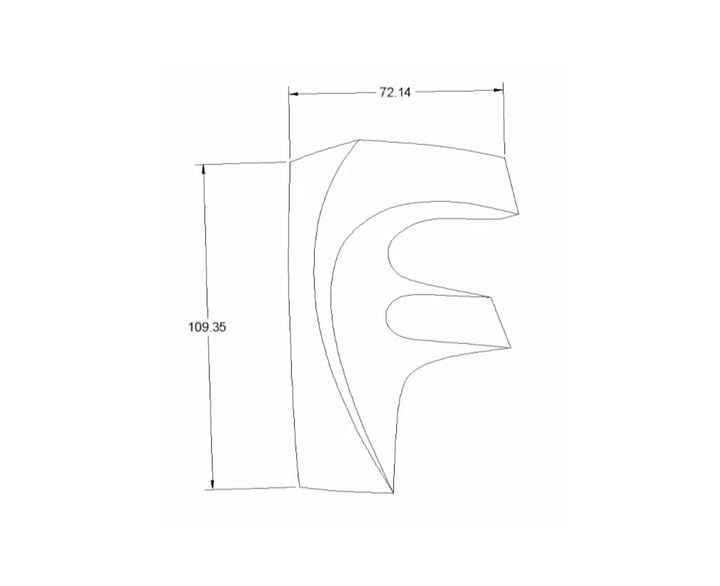
It’s been several days since Autodesk announced big changes to their Fusion 360 Personal licensing program. What reactions have occurred?
Autodesk Fusion 360 Personal Use License Changes
You’ll recall that Autodesk made some significant changes to the free “personal use” license for their popular 3D modeling system, Fusion 360. Evidently they felt there was some abuse of the license occurring amongst participants and sought to tighten things up.
They seem to have made an evaluation of how hobbyists and personal users would normally use the software. This evaluation caused them to trim off certain advanced features from the free version. Things like team functions, for example, are not possible, and that makes sense: if hobbyists are building projects that require multiple team members, perhaps they should be using a paid version. The intent of Autodesk’s personal use license is exactly that: for a person.
When a company announces a change of this nature, the immediate reaction among users of a free plan is fear and possibly anger. They fear they will be forced into paying for a license to use something they previously had at no charge. That’s a natural reaction because this exact scenario has occurred in the past with other software.
But did Autodesk really do that? It turns out no, the limitations they imposed on the personal use license were actually reasonable: the features clipped off were almost all used only by advanced users who really shouldn’t be living on a free license.
Fusion 360 License Reactions
I’ve checked through a number of discussion threads to see what level of anger exists after the announcement, and it appears that most hobbyists understand the new restrictions and even accept them. It seems they realize Autodesk removed features that don’t really affect their workflow in almost all cases.
One fellow attempted to start a #LiberateFusion360 thread, but was quickly shot down by all responders. Autodesk is not being “evil” here; they’re just trying to force a few advanced freeloaders onto the pay version where they should have been all along.
Two limitations in particular were of interest to the community.
The first was a limitation on the number of active files, going from unlimited to only ten. That seems like a big constraint at first, but really it isn’t: You get ten ACTIVE files but also an unlimited number of ARCHIVED files. This means you simply reactivate and archive files when necessary. Even if you have an assembly with more than ten components, the assembly can pull in designs from archived files. It’s only when you actually want to edit the component that you need to activate it. With that understanding, ten seems like a big number because your brain and hands can only edit one file at a time anyway.
The other notable restriction was the inability to export STEP file format. STEP is a cross-platform de facto standard for CAD data, and thus it would be the way to migrate designs from one CAD tool to another. Export STEP, then import STEP on the new platform.
Autodesk said this capability would go away in the personal use license as of January, suggesting that if anyone required a STEP export they should do so before then.
The effect of this restriction was a kind of “lock in” to Fusion 360: once you build a complex design in Fusion 360, you could never get it out and thus would be tied to the tool forever.
Autodesk Changes Personal License Restrictions
However, it now turns out that Autodesk has relented on this restriction and added it back into the personal use license, likely as a result of negative comments. They say:
“STEP export will remain available for Fusion 360 for personal use. This removal of STEP export was previously announced as part of the changes to curb misuse of Fusion 360 for personal use by commercial users. This change had unintended consequences for the hobbyist community. For this reason, we have made the decision to continue to allow STEP export for personal, non-commercial users. It remains in product unchanged and will not be removed as other announced changes roll out this October and January.”
That’s a notable change, and a fantastic move by Autodesk. If that wasn’t enough, they further emphasized their commitment to hobbyists:
“We want you to know, while the changes to the personal use entitlement were necessary, we remain committed to our community. You will continue to see development and investment in Fusion 360 for personal use.”

In a non-embeddable video on the post, Autodesk representatives explain exactly why they are making these changes, and it’s a good watch.
Their post describes the changes and their real effects in considerable detail. I strongly suggest anyone concerned about these changes to read it from beginning to end.
Via Autodesk
